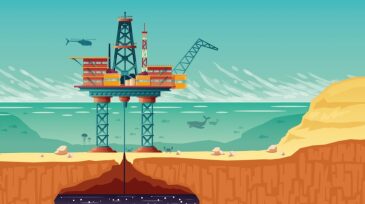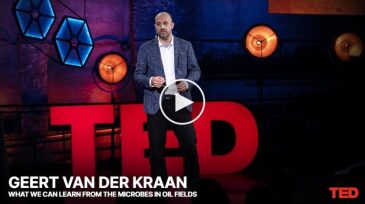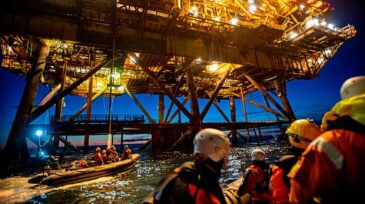Environment
The Norwegian Ministry of Energy has approved the Phase 2 expansion, which is expected to increase carbon dioxide storage capacity from 1.5 million tonnes to 5 million tonnes.
DNV’s carbon capture and storage outlook forecasts a massive shortfall in the projects necessary to help the world reach net-zero emissions by 2050.
Buoy-based camera footage, analyzed by artificial intelligence, can help reduce the risk of birds colliding with offshore wind farm turbines.
-
Meeting the challenge of climate change requires worldwide action from all sectors of society. Throughout this transition, oil and gas will have a role to play within the mix of energy sources to meet the need for affordable and clean energy products and services.
-
As a result of its investigation into the incident and its findings, the bureau recommends that operators increase scrutiny in the design, placement, and maintenance of their subsea infrastructure.
-
Seven members of the International Association of Oil and Gas Producers—Chevron, Eni, Equinor, ExxonMobil, Hess, Shell, and Total—have launched a new joint industry project on Environmental Genomics.
-
Alberta carbon conversion challenge yields potential GHG reduction of millions of metric tons per year.
-
DuPont Microbial Control research scientist and “microbial detective” Geert van der Kraan shares the clues that microbial life leaves behind to help make the extraction process cleaner in a recent TED Talk.
-
With a $10 million commitment from Shell, Rice University has launched Carbon Hub, a research initiative with the goal of creating a zero-emissions world by using oil and gas to create clean energy.
-
Remote sensing technologies can be applied for a wide range of gas-leak flow rates in three main cases—major leaks in crisis management, medium-size leaks in safety monitoring, and small leaks in environmental monitoring.
-
Greenpeace has been banned from carrying out climate protests on North Sea oil rigs after the oil giant Shell won a Scottish court order.
-
The world’s major fossil fuel producers are set to bust global environmental goals with excessive coal, oil, and gas extraction in the next decade, the United Nations and research groups said in the latest warning over climate crisis.
-
Large-scale subsea infrastructure is a feature of the world’s territorial seas, with much of it associated with oil and gas. Research on fish and fisheries interacting with subsea infrastructure, however, has been limited. This paper presents research on fish species associated with pipelines.













